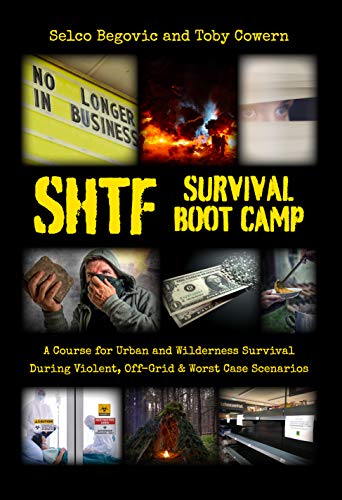PDF | 6 MB
A Beginner’s Guide to Wild Edible Plants
Unlock the secrets of foraging and edible wild plants with this comprehensive guide, offering a wealth of knowledge for both beginners and seasoned foragers. This book is meticulously organized to help you easily identify a wide variety of wild plants, understand their seasonal availability, and discover their practical uses.
Starting with an essential Plant Identification section, you’ll find detailed descriptions and illustrations to help you recognize edible species in the wild. The accompanying Glossary of Symbols ensures you can quickly grasp the key characteristics of each plant.
To make your foraging journey even more intuitive, we’ve included a Chart of Seasonal Availability of Various Species, so you know exactly when and where to find your desired plants throughout the year.
Here’s a sneak peek at what you’ll find inside:
Early Spring:
- Dandelion: A versatile plant that signals the start of the foraging season.
- Wild Parsnip: A root vegetable with a rich, nutty flavor.
- Plantain: Not just a weed, but a powerful medicinal plant.
- Curly Dock: A nutrient-packed green with a tangy taste.
- Redbud: Bright and edible blossoms that add color to your spring salads.
Spring:
- Wild Asparagus: A gourmet delight that you can find growing in the wild.
- Lamb’s Quarter: Often called wild spinach, it’s a tasty and nutritious green.
- Purslane: A succulent plant with a crisp texture and a lemony flavor.
- Amaranth: An ancient grain with edible leaves.
- Common Wood Sorrel: A plant with a sharp, lemony flavor perfect for summer salads.
- Jewel Weed: Known for its soothing properties, especially for skin irritations.
- Basswood: An overlooked tree with edible leaves and flowers.
- Red & White Clover: Not just a field plant, but a nutritious addition to your meals.
Summer:
- Juneberry: A sweet, juicy fruit that’s perfect for jams and pies.
- White Mulberry: A tree that produces sweet berries, great for snacking.
- Black Raspberry: A rich and flavorful berry, perfect for fresh eating or preserves.
- Common Blackberry: A classic summer berry with endless culinary uses.
- Staghorn and Smooth Sumac: Known for their tart, lemony flavor, often used in spice blends.
Autumn:
- Black Walnut: A robust nut with a distinctive flavor, ideal for baking.
- Shagbark Hickory: A nut with a rich, buttery taste.
- Hackberry: A small, sweet fruit that’s often overlooked but highly nutritious.
The final section of the book features a selection of Recipes that will inspire you to incorporate your foraged finds into delicious, healthy meals.
This guide is an invaluable resource for anyone looking to reconnect with nature, explore the art of foraging, and enjoy the bounty of edible wild plants. Whether you’re interested in wildcrafting, survival skills, or simply expanding your culinary horizons, this book is your go-to companion for discovering the edible treasures hidden in the world around you.







